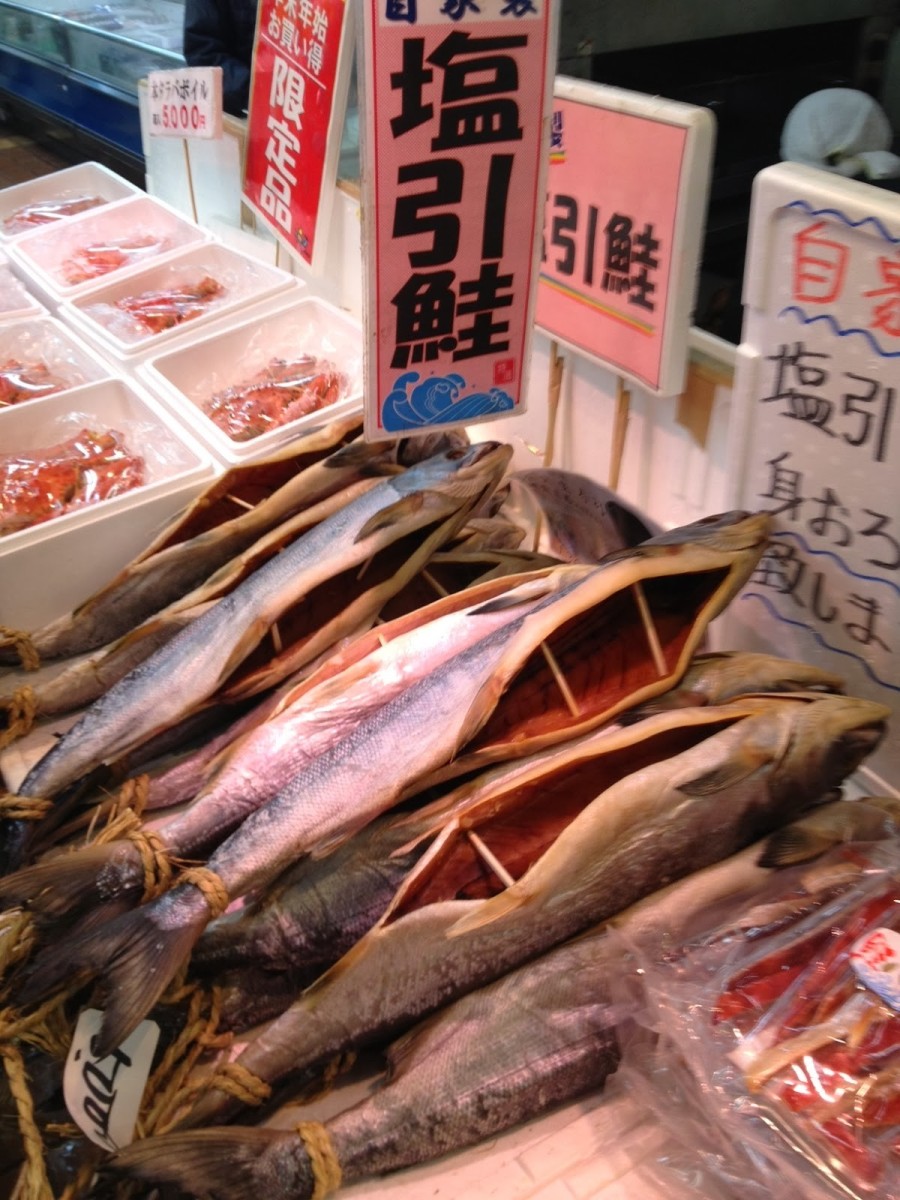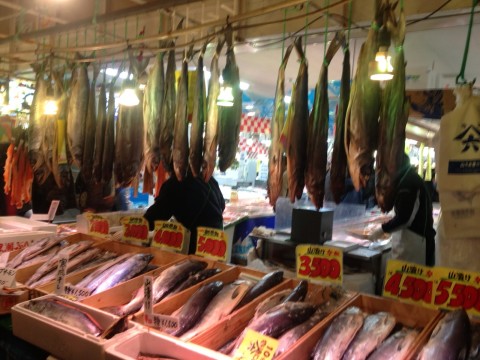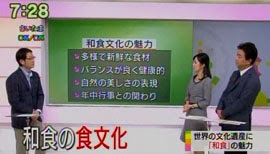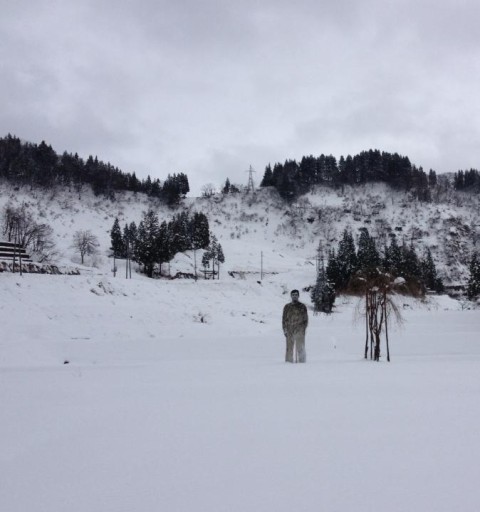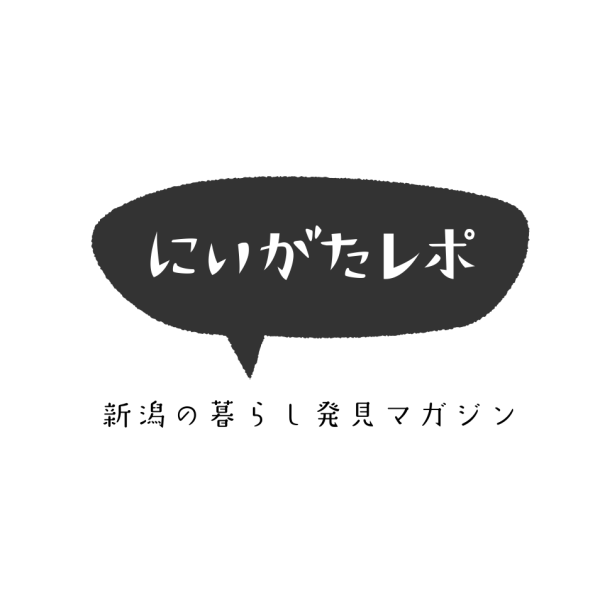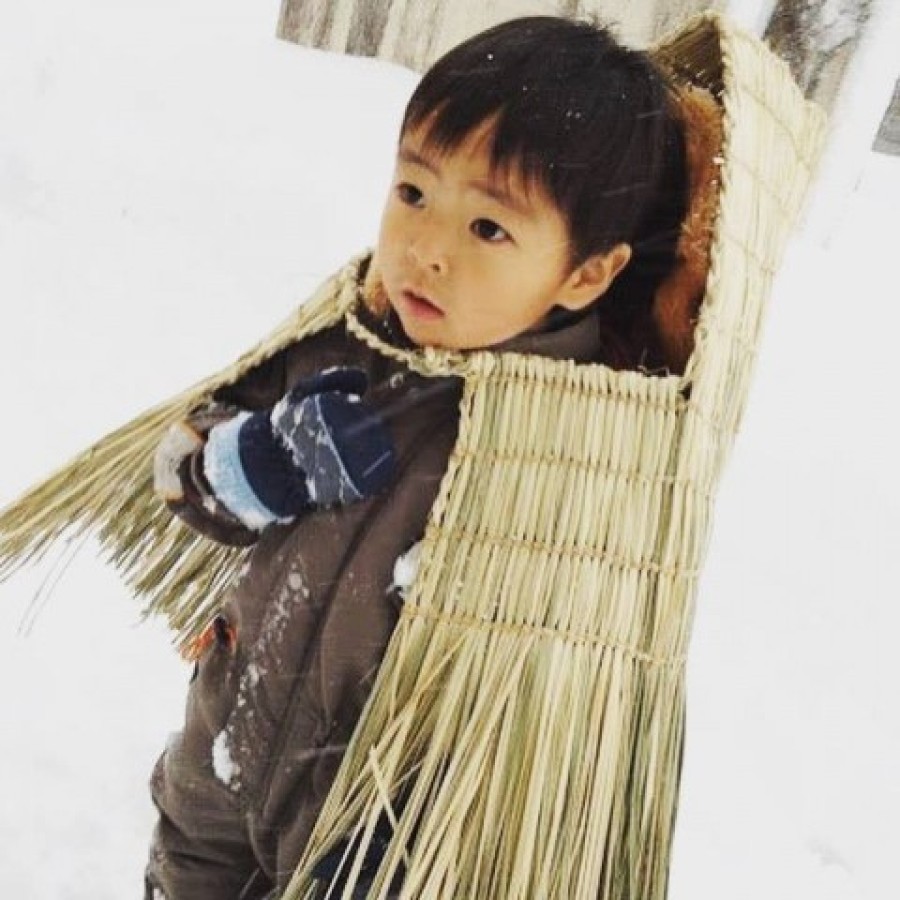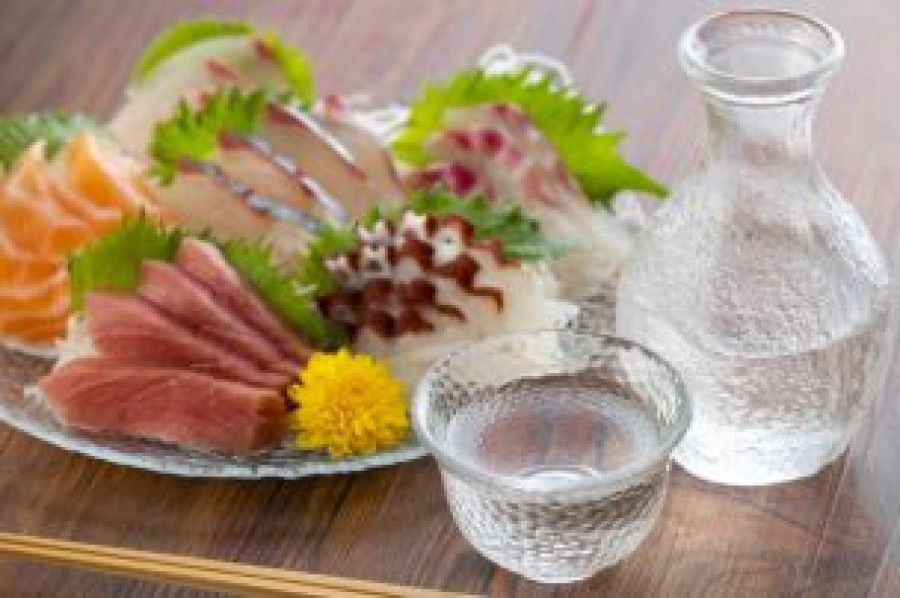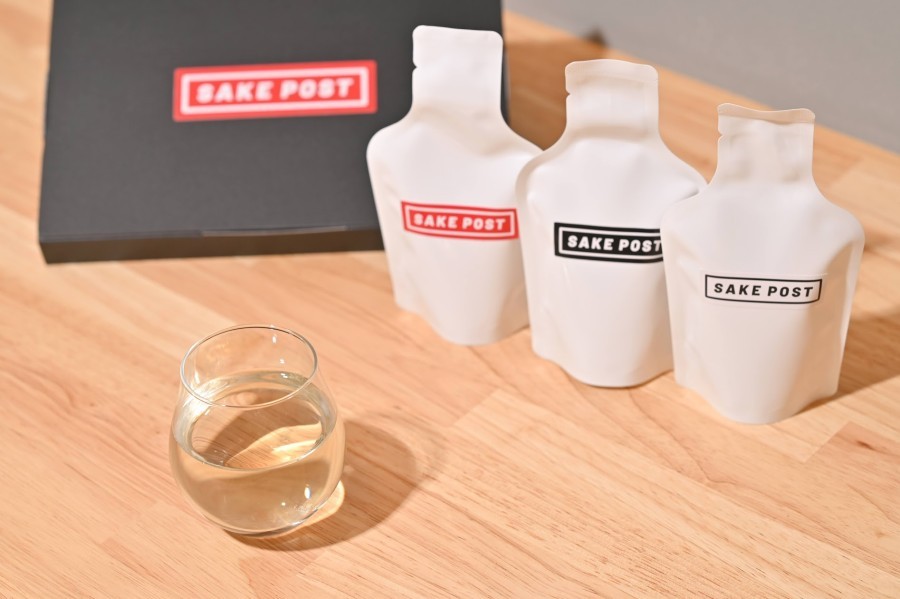It is customary for the Yukino family to eat crab after the New Year's Eve feast every year. However, originally on this Echigo New Year's Eve, there was a custom to eat a certain fish as a 'New Year's Eve fish' to welcome and celebrate the new year. That fish was...
Part 1: Crab or salmon on New Year's Eve? Salmon? (Part 1) New Year's Eve with the Yukino family crabs
Bang! It is salmon. Incidentally, this salmon is "salted salmon". (In Hokkaido, it's "Niomaki Salmon", so I wonder if this is from Niigata Prefecture. Since it is home-made, is it salmon from the Okawazu waters there?)
Anyway, salmon was the fish of the New Year, and was eaten with joy in every household.
Hmmm, I wonder how it was in my family. My parents are from Yahiko Village and Nakanokuchi Village (now Niigata City), both in Nishikanbara. When I asked my parents, who are in their 50s, they told me that they used to eat a whole salmon on New Year's Eve. Crab was a luxury item and was not available. There was no refrigeration technology.
At some point, the New Year's Eve feast shifted from salmon from Niigata Prefecture to crab (mainly from Hokkaido). This is partly because salmon was no longer a feast.
No, of course we still enjoy salmon on New Year's Eve. But it's Scandinavian trout salmon, and it's filleted.
From the Yukino family table on New Year's Eve 2013
Salmon no longer a feast?
It is of some concern. Echigo in the northern part of the country is where the great Shinano River flows. It must have caught a lot of salmon. However, due to the influence of river improvement and the installation of power plants in the metropolitan area using the abundance of water, salmon are no longer caught, especially in Nagano Prefecture.
Is it because of that? No. That should have already worsened by the time the parents were born. *1
My parents told me that the feast had become less of a treat in Japan, as aquaculture has become more popular, refrigeration technology has advanced and imports have increased, making it possible to eat them any time of the year.
Hmmm, maybe it is. Last year there were all sorts of special programmes because Japanese food was inscribed on the World Heritage List, and one of the four reasons recognised by UNESCO was its 'close connection with annual events'.
From NHK ONLINE Good Morning Japan Special Feature in its entirety: http://www.nhk.or.jp/ohayou/marugoto/2013/10/1028.html
This may have something to do with the fact that salmon from rivers close by were eaten as a New Year's Eve event.
Research revealed that the Ojin Festival in Nagaoka is held in Niigata, where salmon are regarded as a 'happy, thankful and faithful fish'.
The key elements of the Ojin Matsuri are the Matagura event and the Nengo event. The Nengo event is an event in which female salmon from the Shinano River, which are considered the best offerings to the gods, are cut into pieces with long chopsticks and knives and arranged in the shape of a torii (gateway). The ceremony is carried out without touching the salmon offered to the gods. The tension-filled traditional ritual evokes the distant past when people prayed to the king-god for flood control and a good harvest on the Shinano River through the medium of the salmon. http://www. hrr.mlit.go.jp/shinano/shinanogawa_info/qamini/matsuri/matsuri3.html
The salmon is not just a familiar fish, but a creature deeply rooted in the life of the Echigo-Tsumari country and deeply connected to Shinto rituals and culture.
In addition, the NPO Niigata Mizube no Kai has been working with power plants, government, schools and children to restore the salmon run to the Shinano and Chikuma Rivers (as they are called in Nagano Prefecture), and this has been effective. The Water and Land Art Festival also featured ' What Salmon and Boats Carried from the Sea to the River -- The Shinano River Run 2012 --' as an extra symposium.
If this activity continues, the day may one day come when salmon from the river close to home return to our homes! It was the end of the year when we thought about that day.
However, this is our family history. It may be eaten differently in your area or in your home. However, there are many places where the biggest feast has changed from salmon to crab, aren't there? What do you think? In the Murakami area, salmon and salmon-climbing rivers are very important and proud, so is salmon proudly on the table on New Year's Eve?
Eating fish for New Year's Eve is not limited to Echigo, but is a nationwide thing. The difference seems to be that salmon is more common in eastern Japan and yellowtail in western Japan. *2 Then, what is the situation in the neighbouring Hokuriku region, which is famous for crabs? What is the situation in Hokuriku? If you have any opinions, please let us know.
Anyway, we have finished the year with delicious prawns, oysters, clams, sea urchins, salmon and crabs from the water! Thanks for the food!
bonus
Database of the Tokyo National University of Fine Arts and Music Museum Collection: http://db.am.geidai.ac.jp/object.cgi?id=4126
When I say salmon, I mean this picture (Niomaki salmon). *3
Yuichi Takahashi, Salmon. The salmon, hung up and partially deveined, looks melancholy, but the red flesh looks delicious.
References (available on the Internet).
*1 Salmon run of the Shinano River.
Shinano River Affairs Office, Ministry of Foreign Affairs Shinano River Central Basin Water Environment Improvement Association H20 16th Meeting Information
http://www.hrr.mlit.go.jp/shinano/shinanogawa_info/mizukan/pdf/16-1-71.pdf
*2 Yearling fish
Maruichi Sansho HP http://www.maruichi.com/fish/kotsu/48.html
3: The story about "Salmon" by Yuichi Takahashi.
Hiroshi Aramata's Hyperbibliography http://www.food.maruha-nichiro.co.jp/salmon/culture/02.html
This site is the Salmon Museum. All things salmon-related are here lol.
advertisement


